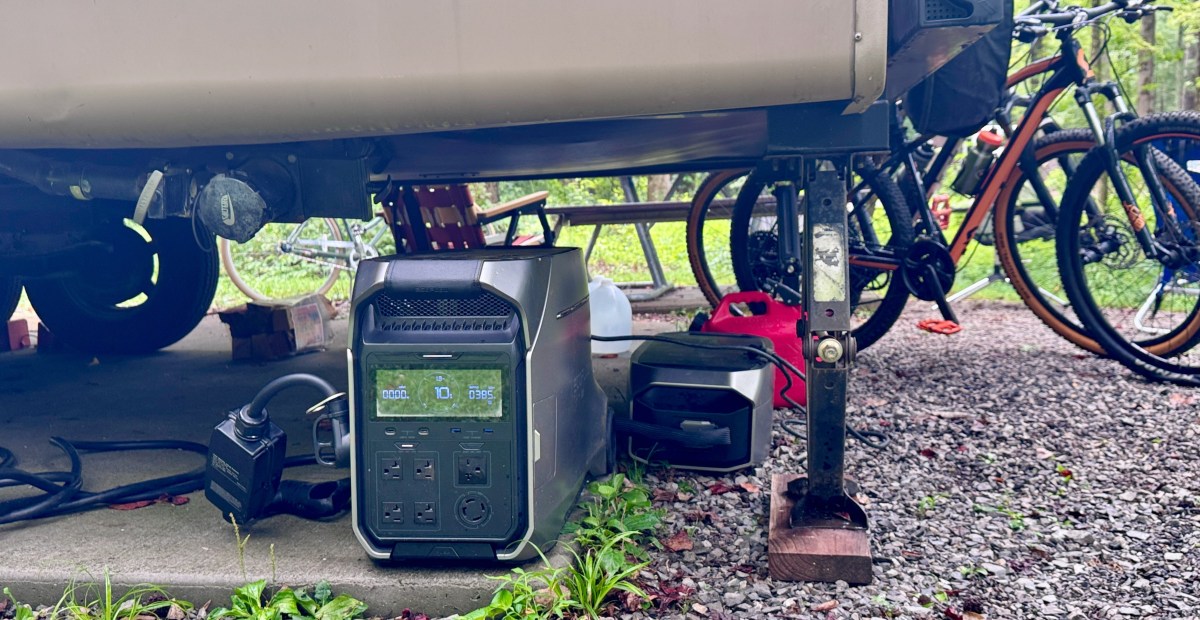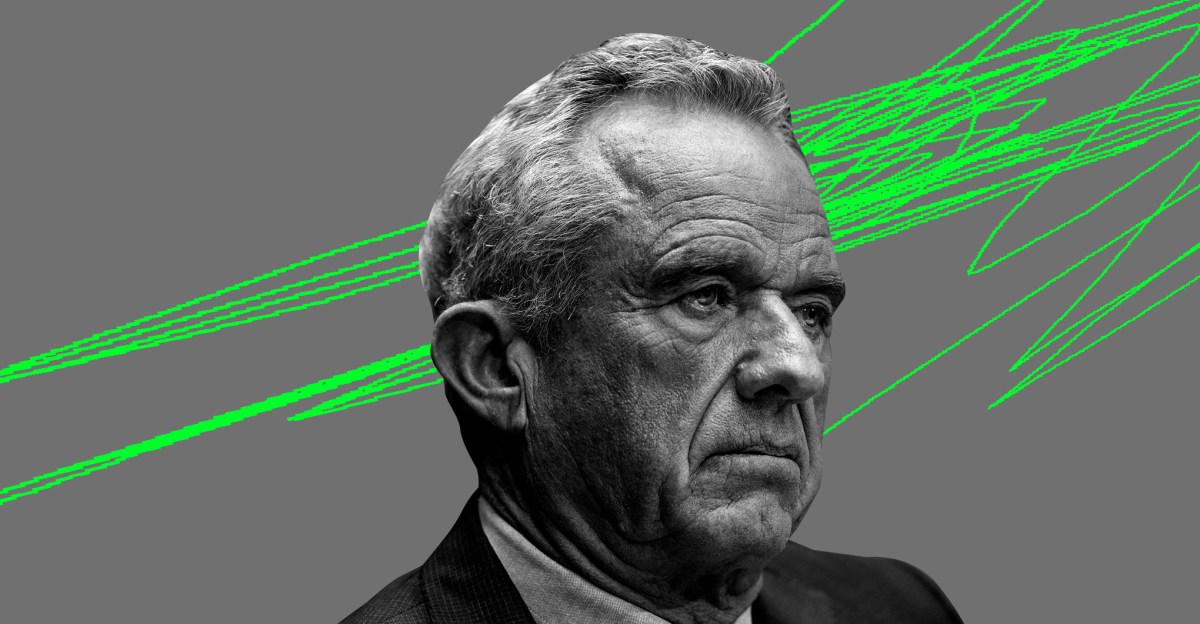
Two years ago, researchers in the Netherlands discovered an intentional backdoor in an encryption algorithm baked into radios used by critical infrastructure–as well as police, intelligence agencies, and military forces around the world–that made any communication secured with the algorithm vulnerable to eavesdropping.
When the researchers publicly disclosed the issue in 2023, the European Telecommunications Standards Institute (ETSI), which developed the algorithm, advised anyone using it for sensitive communication to deploy an end-to-end encryption solution on top of the flawed algorithm to bolster the security of their communications.
But now the same researchers have found that at least one implementation of the end-to-end encryption solution endorsed by ETSI has a similar issue that makes it equally vulnerable to eavesdropping. The encryption algorithm used for the device they examined starts with a 128-bit key, but this gets compressed to 56 bits before it encrypts traffic, making it easier to crack. It’s not clear who is using this implementation of the end-to-end encryption algorithm, nor if anyone using devices with the end-to-end encryption is aware of the security vulnerability in them.
The end-to-end encryption the researchers examined, which is expensive to deploy, is most commonly used in radios for law enforcement agencies, special forces, and covert military and intelligence teams that are involved in national security work and therefore need an extra layer of security. But ETSI’s endorsement of the algorithm two years ago to mitigate flaws found in its lower-level encryption algorithm suggests it may be used more widely now than at the time.
In 2023, Carlo Meijer, Wouter Bokslag, and Jos Wetzels of security firm Midnight Blue, based in the Netherlands, discovered vulnerabilities in encryption algorithms that are part of a European radio standard created by ETSI called TETRA (Terrestrial Trunked Radio), which has been baked into radio systems made by Motorola, Damm, Sepura, and others since the ’90s. The flaws remained unknown publicly until their disclosure, because ETSI refused for decades to let anyone examine the proprietary algorithms. The end-to-end encryption the researchers examined recently is designed to run on top of TETRA encryption algorithms.














Leave a Reply